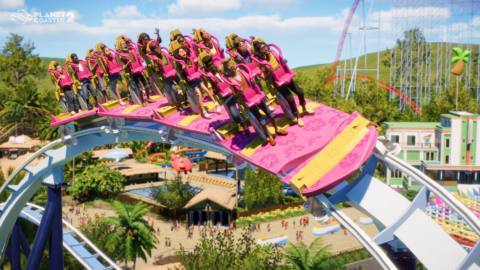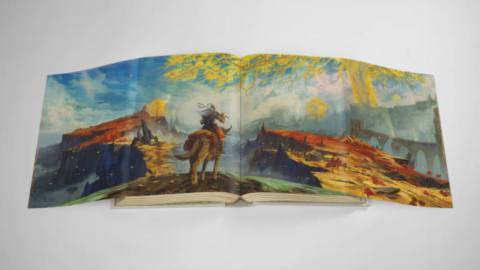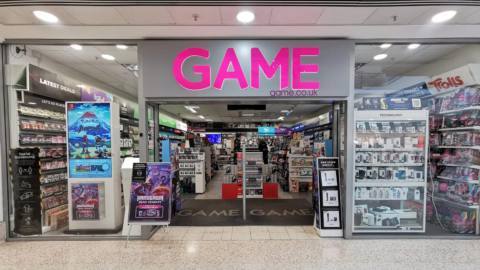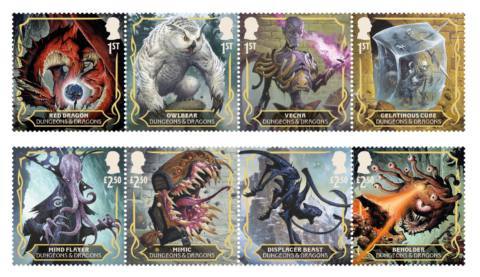
Since its acquisition in 2007, Monolith Soft has become one of Nintendo’s most prolific development partners thanks to both its assistance on first-party projects and, more importantly, its work on Xenoblade Chronicles. This large-scale RPG series has become one of Nintendo’s key pillars in the RPG space and for good reason – its robust technical underpinnings, gorgeous vistas and strong storbytelling all work in tandem to create something unforgettable and Xenoblade Chronicles 3 is no exception.
With its fresh cast of characters, enhanced technology and outstanding soundtrack, Xenoblade Chronicles 3 builds on the experience the team has acquired since its inception and comprehensively addresses a key weakness of the last series entry: image quality. In targeting higher end visuals, something that to give, with resolution taking a big hit. Dynamic pixel counts that could hit 540p docked and 360p in mobile mode were mitigated via a relatively simple spatial upscaler, paired with intrusive sharpening. Xenoblade 3, however, represents a colossal leap forward in that respect. Monolith has both improved the overall visual quality while greatly boosting image quality, achieving this via what looks like a temporal super-resolution solution, taking those lower pixel counts up to a passable rendition of 1080p when docked and 720p in portable play.
The drawback to this solution is that with fast motion, visible break-up can occur revealing the lower resolution nature of the image but in most cases, image quality is perceptibly sharper than anything you’ll see in Xenoblade Chronicles 2 – and the implementation is particularly impressive in portable mode, delivering one of the sharpest images from all the high-end titles we’ve seen on Switch – a far cry from the exceedingly blurry Xenoblade 2. Yes, the resolution slips to similarly low levels but what you see by eye is noticeably sharper, which is what matters.






